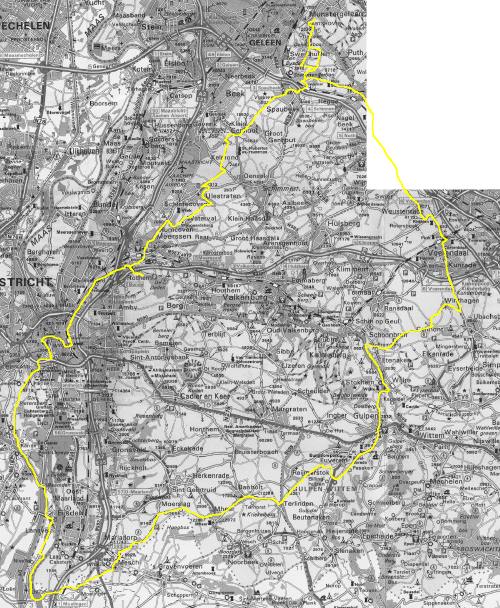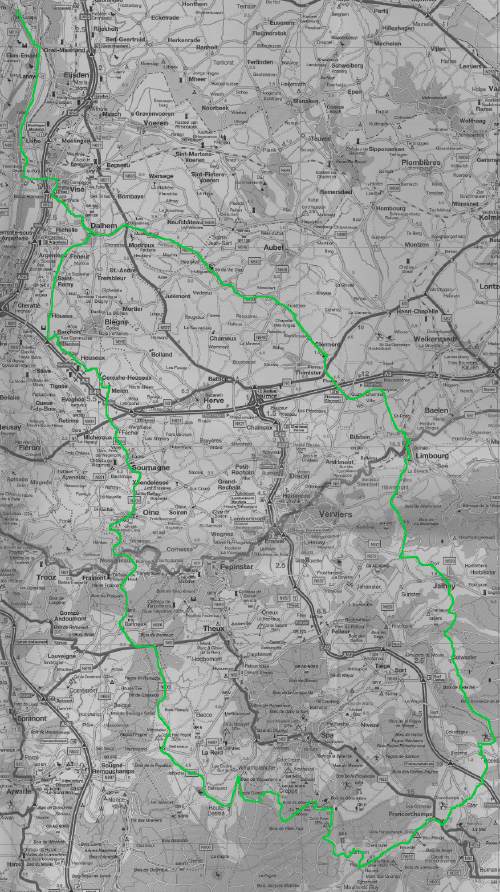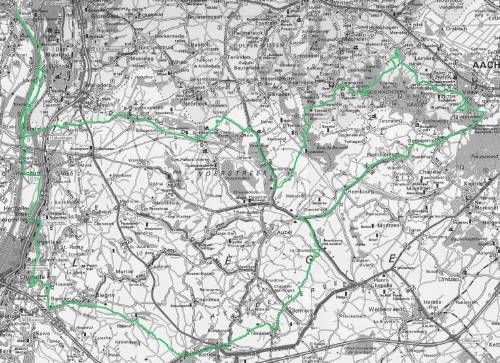“… consider … the arts of transmission in the broad sense of the phrase as Bacon used it—namely, as the whole of the procedures that circulate, record, and organize knowledge.”
“David Hume declared explicitly that the fundamental advantage of the printing press seemed to be the potential to continuously improve and amend books in various editions.”
“On all of these levels it is interesting to note that the turning point is not the introduction of the printing press but much earlier, in the eleventh century, when the use of images became more complex and when the separation of words and efficient forms of punctuation became common. Various research instruments like verbal concordances (word indexes) and material concordances (subject indexes) were developed, overcoming even the mistrust for conventional cataloguing systems like alphabetical order, which bore no relation to the ultimate order of the world. The printing press was introduced into a foment of active experimentation with the forms of presentation and the organization of manuscripts, which were innovations connected with mostly autonomous developments like the increase and consequent standardization of available books. Collectively, these developments created a favorable environment for the consolidation and the success of the typographical innovation.”
“Terence Cave speaks of a discovery of the reader in the sixteenth century, based on a circular and indeterminate relationship between the writer and the reader; 31 the writer writes so as to compel the reader to elaborate his or her own autonomous perspective, that is, to presuppose his or her active role. A practice of generative reading is thus stabilized, where the text is used as material to be interpreted according to criteria and interests completely foreign to the one writing.” [See: See Terence Cave, “The Mimesis of Reading in the Renaissance,” in MIMESIS: From Mirror to Method, Augustine to Descartes, ed. J. Lyons and S. Nichols (Hanover, N.H., 1984), pp. 149–65.]
“[T]he medieval allegorical reading aimed at identification with, and not at detachment from, the perspective presented in the text (which was not that of the writer, but on a noncontingent and nonsubjective level).”
[Then, comparing the age of mass media with the age of the internet:]
“Where there was anonymity there is now personalization, where there was unilaterality there is interactivity, where there was the mass there is individual configuration, and above all, where there was an instrument expected to be as not noisy as possible, to not interfere with the message, there is now a machine used precisely to process information.”
“Computers and only computers are able to radically loosen the unity of communication in the search for new forms that mostly had not been considered by the one who produced the information.”
“Features that are perfectly casual from the point of view of the one drafting them, such as recurrent constructions and the redundancy present in lists or directories, are used by the computer in order to achieve effective ways of processing, with unpredictable results (think of compression techniques or the work of search engines).”
“In this case, information is valuable not because of what it conveys by itself (everyone builds their own information from their own perspective) but because it selects possibilities–a place from which one can start, like a computer does, to create more and more complex forms. Information then has value only as a precondition for a further decomposition into elements, which leads to recombination into forms.”
Elena Esposito, ‘ The Arts of Contingency’, in Critical Inquiry 31, 2004, http://www.uchicago.edu/research/jnl-crit-inq/features/artsstatements/arts.esposito.htm.


